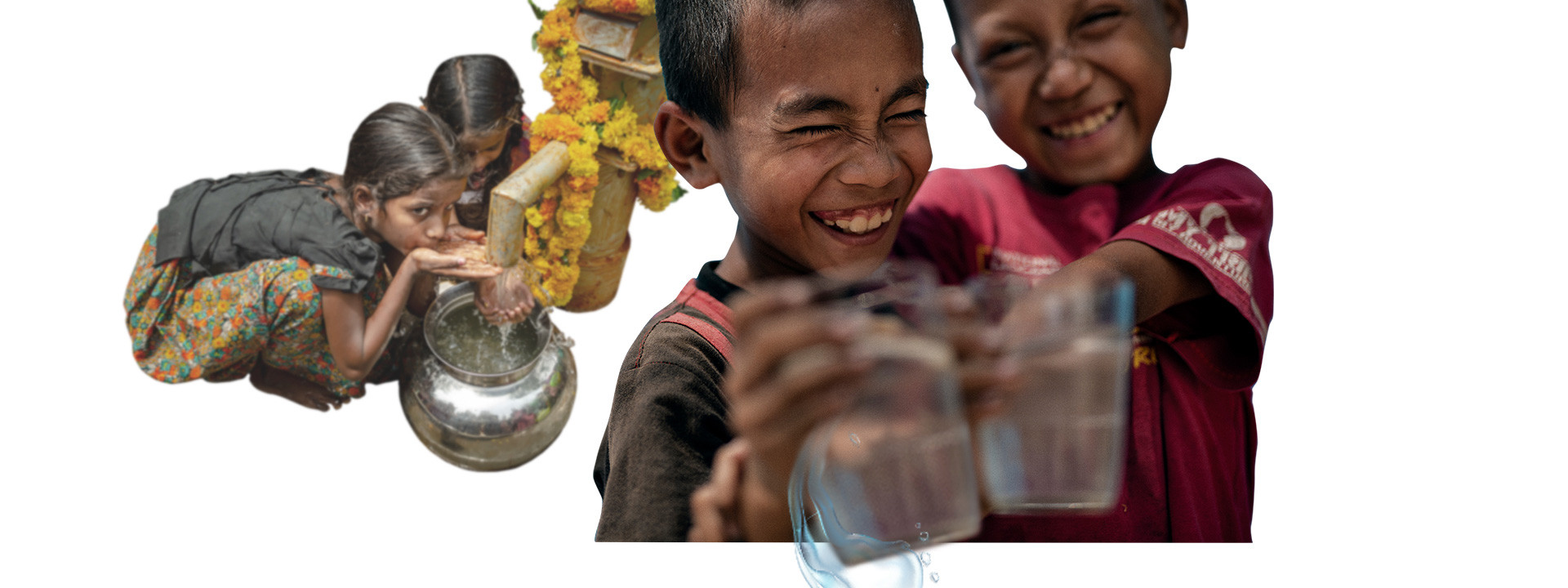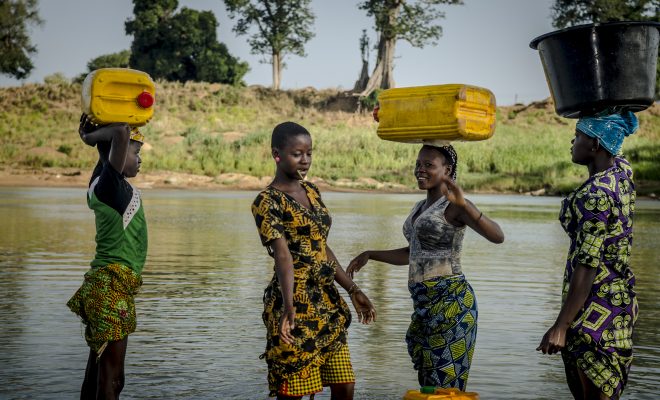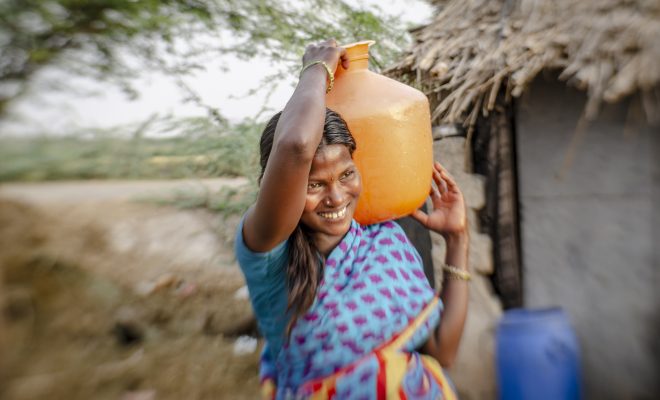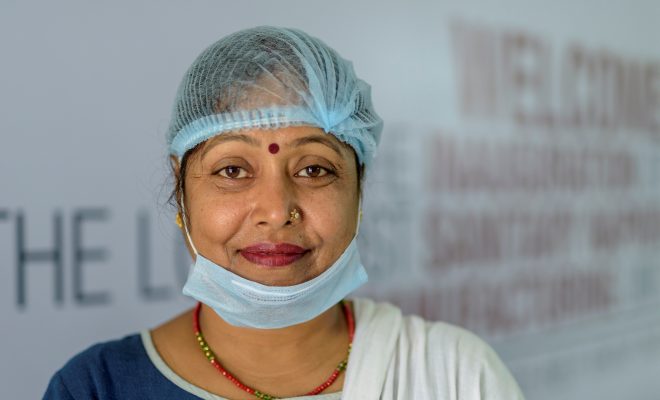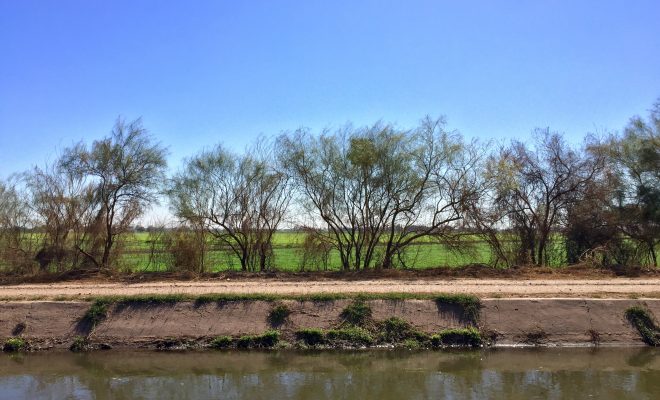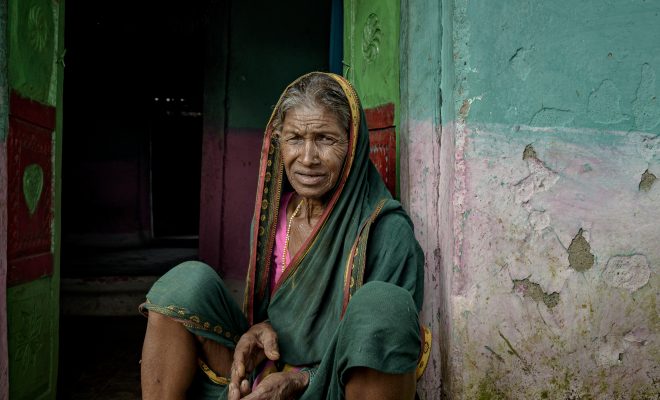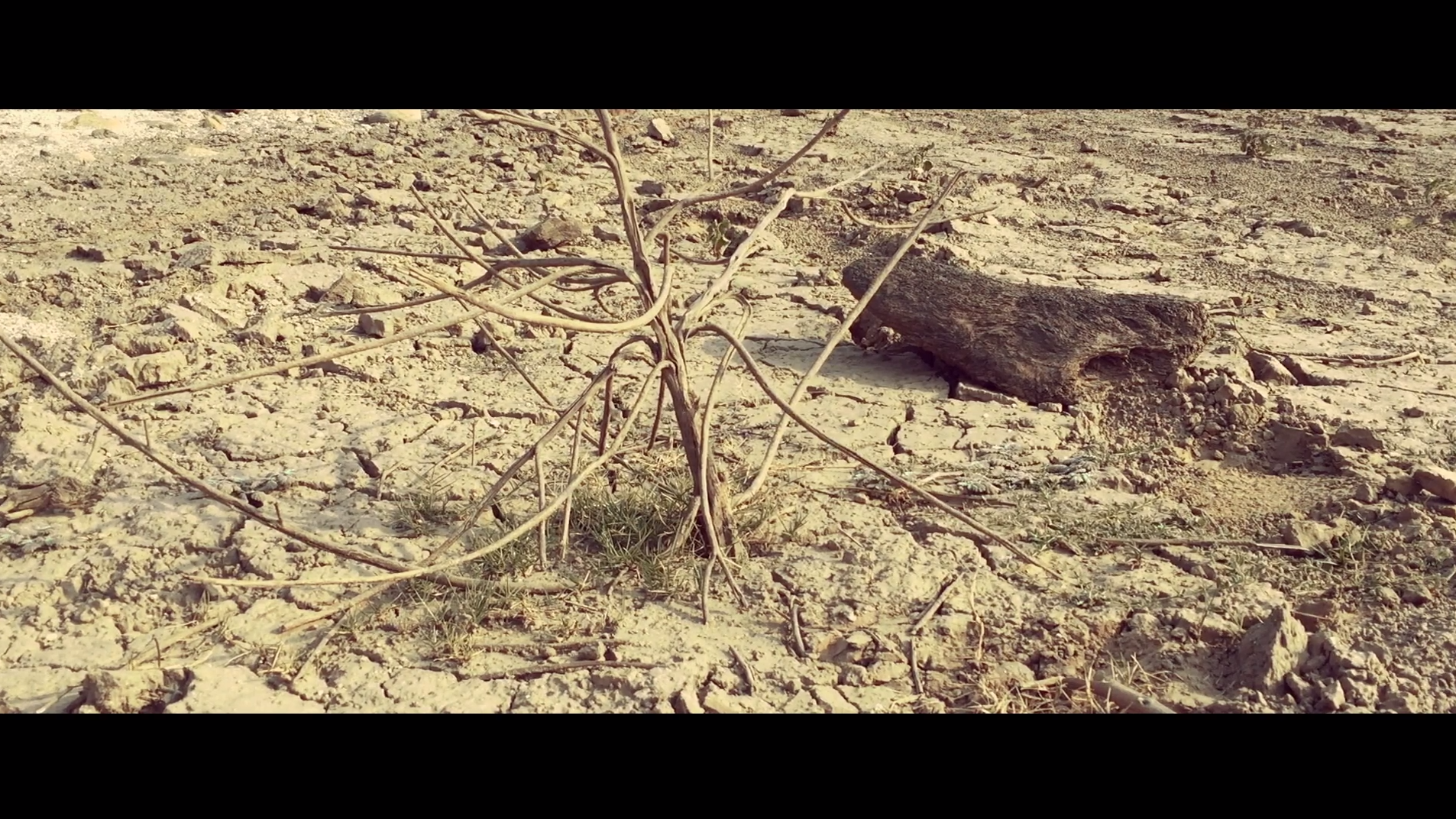
Locker, by Selvaraj, winner in the micro-fiction category of the fifth edition of the We Art Water Film Festival.
Selvaraj, author of Locker, winning short film in the micro-fiction category of the We Art Water Film Festival 5, pours into his work his own feelings experienced in arid India. The short film shows a woman who keeps water she has stolen from a nearby house in a locked drawer. She has rationed it in small glasses, which she keeps in a locked drawer. For her and her family, each portion of water is a treasure for which she has risked breaking into a property. It is a powerful allegory of the plight of those who have no access to water in their homes and who are not sure they will have access to it in a climatically hostile future.
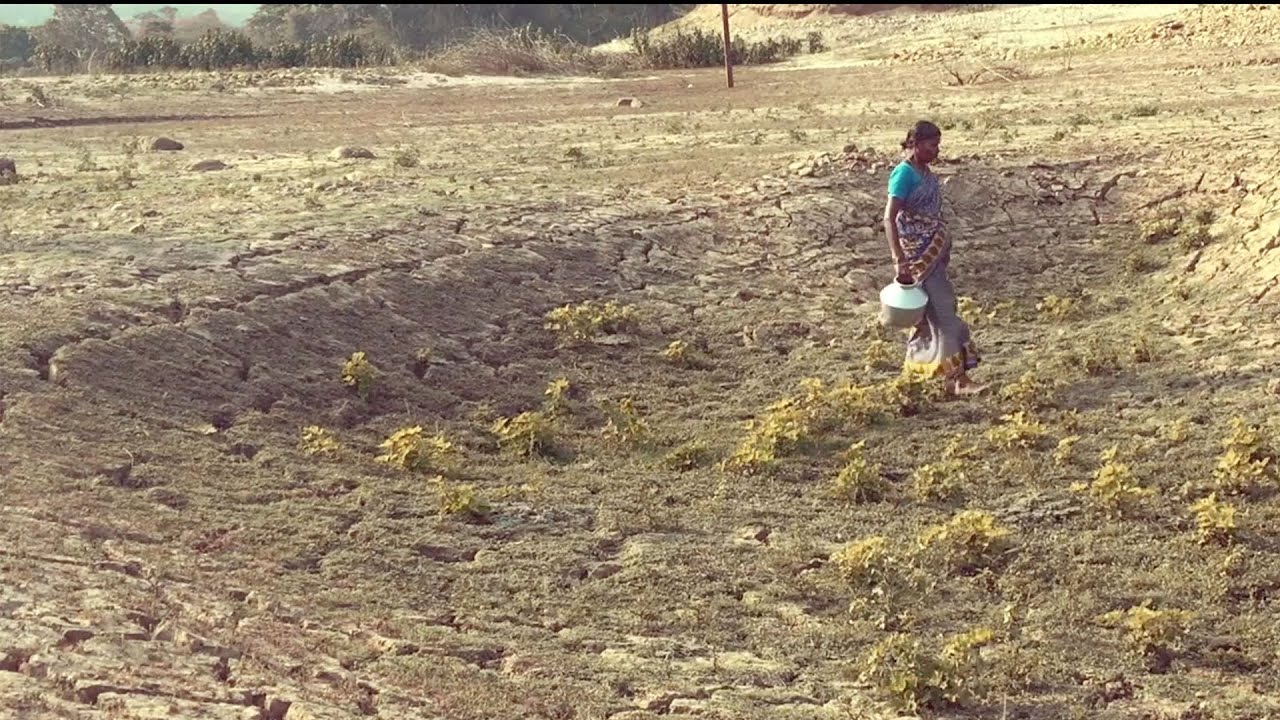
Selvaraj, author of Locker.
Locker is set in an arid area of India, where water availability has an uncertain future. The climate crisis is forcing a shift in the focus of the country’s entire socio-economic development. With a population of over 1.3 billion and large pockets of poverty to eradicate, India faces a massive challenge in providing universal access to water and sanitation; the full global achievement of SDG 6 depends on it.
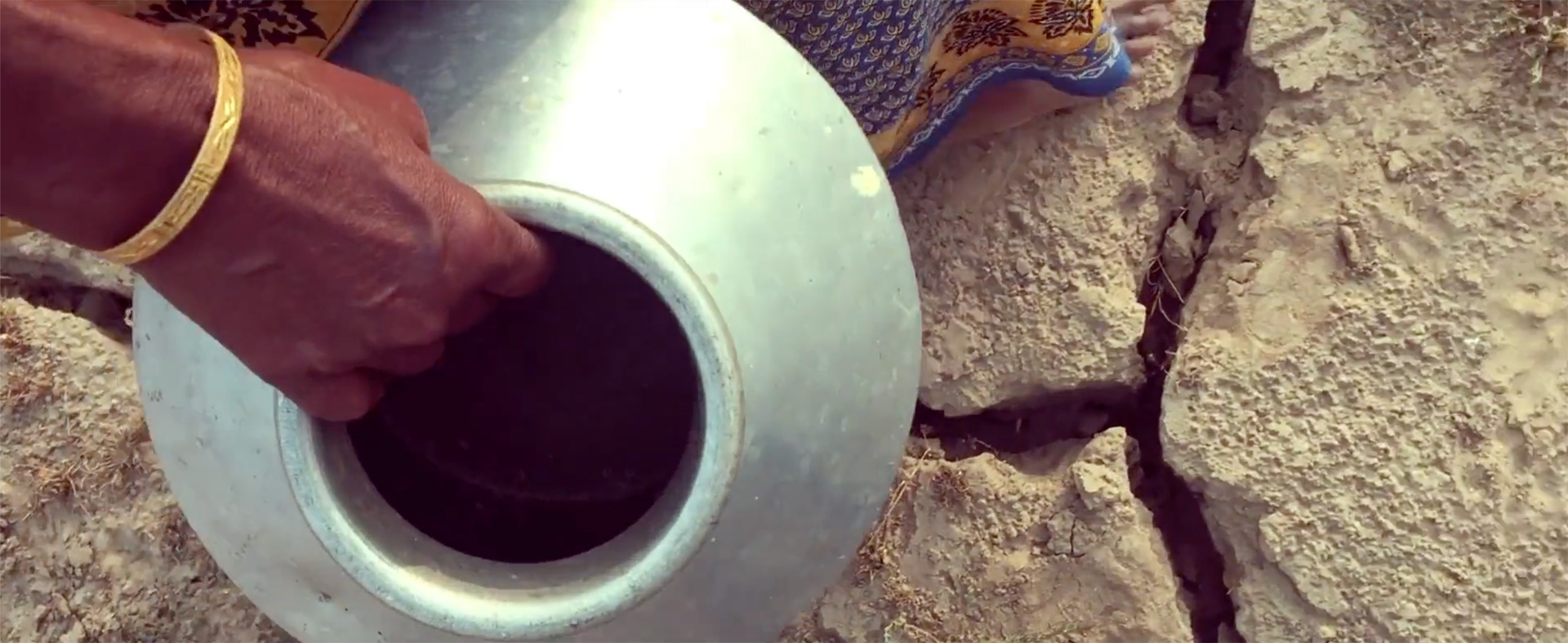
Almost 490 million people —400 in rural areas— who don’t have access to a safe water source.
No water at home… not even close
There are currently 1.5 billion people on Earth who must fetch water far from their homes. About 1.230 billion are relatively close to the water source, spending less than 30 minutes in their round trip. But others have to virtually “travel” to get water; more than 280 million, mostly women, young women, and girls, risk their safety to reach a safe source, taking more than 30 minutes out of their daily lives and education to carry jerry cans that can weigh as much as 20 kg.
But the leading character of Locker does not seem to belong to this group: she does not have a safe water source nearby. She needs to trespass to steal water. This woman can be one of the almost 490 million people —400 in rural areas— who don’t have access to a safe water source. These sources might have stopped flowing, or the streams and ponds might have dried up. The aridity of the land where they live means these regions are most threatened by the climate crisis, being areas where droughts wreak as much havoc as floods. For these people, water is simply survival; they are on the front line of a humanitarian drama that we have not yet been able to solve.


